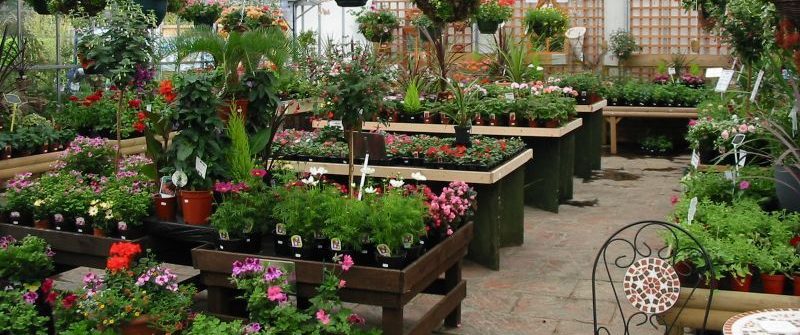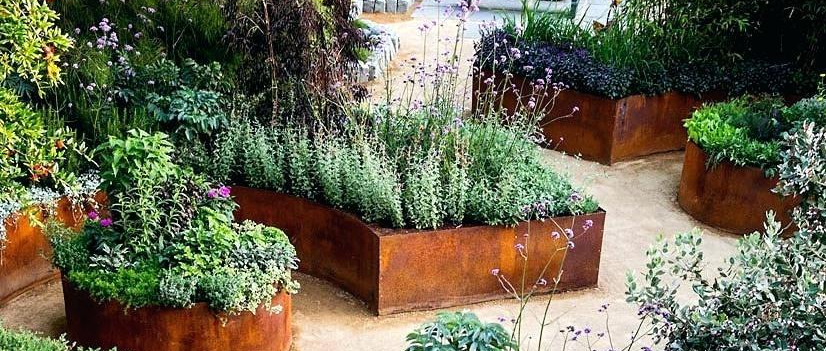Landscaping is a process of modifying the features of a yard, an urban area or other practical reasons. It is divided into two parts hardscape and Soft scape. Designers can change the perception like unity, Balance, Proportion, and Transition. Unity (harmony) can be used to convey the theme. It can be achieved by implementing a design over a landscape through repetition whereas Balance is used for making the comparison between the landscapes.

Desert Horizon Nursery you can use Unity when the viewer senses all the individual elements of a landscape fit together to form a coherent theme. You don’t have to forget about the things while striving for unity. Proportion is the requirement that the group of components in a landscape fit into the whole landscape harmoniously. For achieving proportion you have to use the transition by applying to the size of respective components. A landscape that fails to convey good proportion is one that is marred by the abrupt transition.
Transition is used to change the manipulation of basic design like color, scale, line, form, and texture. If you want to achieve such an effect avoid the abrupt transition.in most of the cases, a successful transition is enhanced by adding a suitable landscaping element to a vast space.
Landscaping Design is an art than science – Landscape field is knowledge of art in which decision will be based not on hard facts but on personal taste, intuitions or the current consensus. You can get a room of different tastes and opinions and the differences can be manifested by using a number of ways like plant choices, choices in hard cape and formal vs. informal style. While discussing the plant choices, you have to encounter the notion that some plants are overused. In such cases, you have to remember that what is being stated is merely an opinion even though it is being stated in a manner that sounds authoritative. You can also visit Desert Horizon Nursery to get the Quality of Landscape Design.

